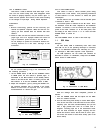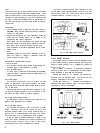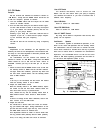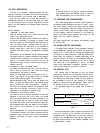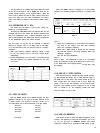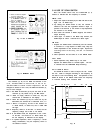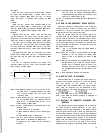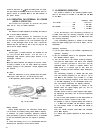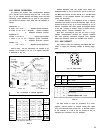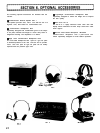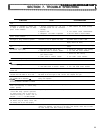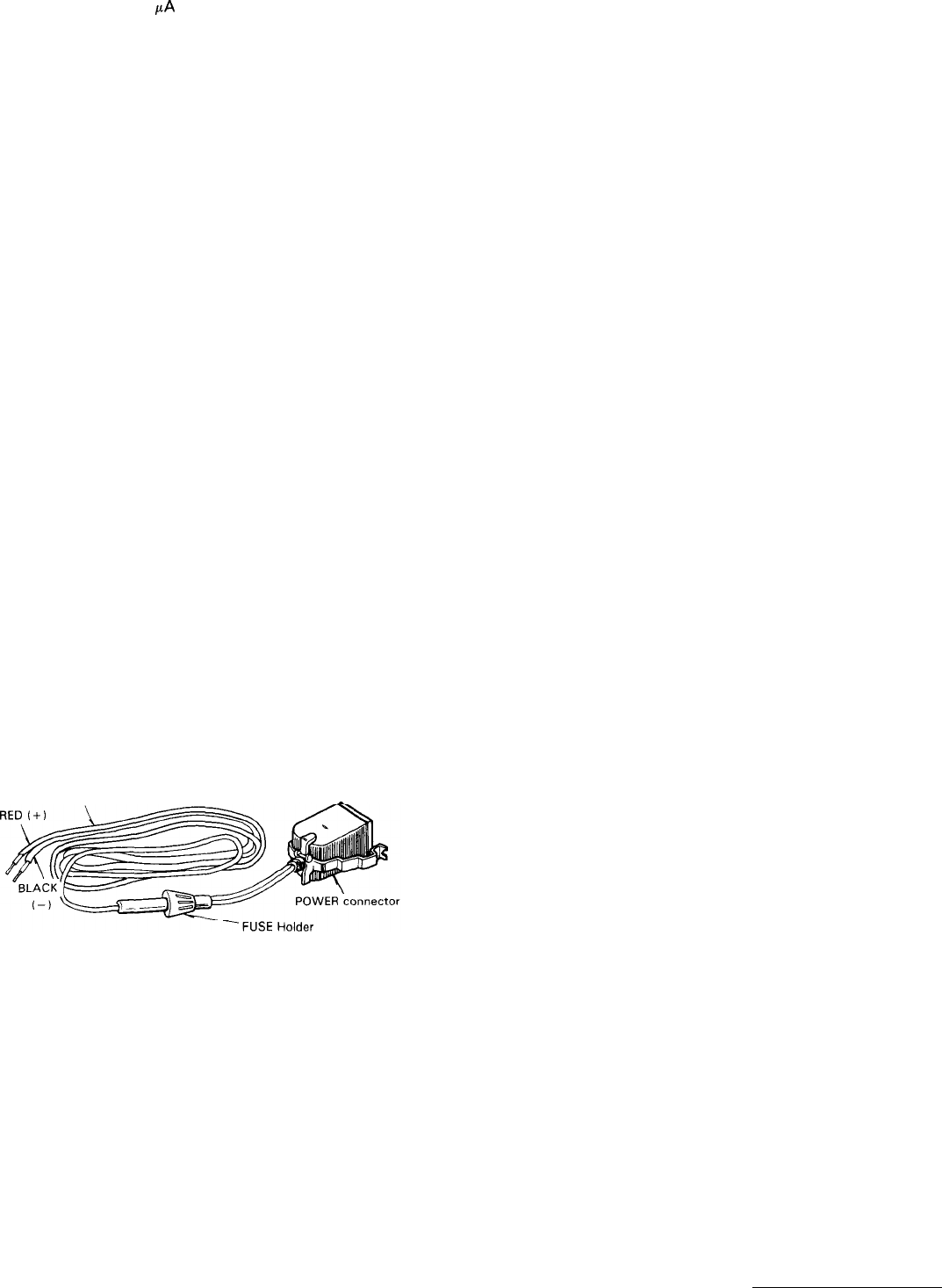
current is less than 10
PA
and the battery lasts for about
one year. When the backup circuit is not used, the VFO fre-
quency returns to 144.000.0 MHz in the OFF Position of
the power switch.
5-18 OPERATION ON EXTERNAL DC POWER
(MOBILE OPERATION)
The TS-780 also operates on external DC power
(DCI
3.8
V*
15%) for mobile Operation.
Installation
The method of mobile Operation is basically the same as
that of fixed Station Operation.
Select a suitable location for installation of the
transceiver. The installation location may vary depending
on the size and structure of car. The transceiver may be
placed
on the passenger’s seat; in this case, it should be
secured with the seat belt so that it will not drop off the
seat if the car Stops suddenly.
Mobile Antenna
Various types of mobile antennas are available for use
on 144 and 430 MHz bands. You can use a
1/4
wavelength whip antenna, ground plane antenna or 5/8
wavelength antenna.
Note:
Most roof mount antennas are designed so that the anten-
na base is earthed to the car body. Mount the antenna
securely referring to the instruction manual supplied with
the antenna.
DC Cable
When the transceiver is to be operated from DC power,
a DC power cable with an 7 A fuse should be used.
In DC Operation, please prepare a DC cable as Fig. 18.
DC power
Cord
Fig. 18 DC Cable
Battary Capacity
During mobile Operation, the transceiver draws about
5 A of current, so a battery having about 35AH of capacity
is sufficient for proper transceiver Operation. However,
since the battery is given an additional load, it is advisable
to use the transceiver while the car engine is operating.
Note:
To insure safe driving of car, it is recommended that the
transceiver be operated in fixed channel mode.
5-
19 REPEATER OPERATION
The TS-780 is capable of the following repeater opera-
tions on the bands of 144 MHz to 146 MHz and 430 MHz
to 440 MHz.
Frequency Shift
144 to 146 MHz . . . . . . . . . . . . . . . . D-A
-600 kHz
D-B
+ 600 kHz
430 to 440 MHz . . . . . . . . . . . . . . . .D-A
-
7.6 MHz
D-B
-
1.6 MHz
In the D-A Position, the transmitting frequency is
7.6 MHz lower than the receiving frequency. In the D-B
Position, the transmitting frequency is 1.6 MHz lower than
the receiving frequency.
If the transmitting frequency is outside of the amateur
band, the digital display goes out and no
Signals
will be
transmitted.
Operating Procedure:
1)
Turn the band switch to the Position representing the
operating frequency.
2) Set the TX-OFFSET switch to the appropriate Position.
The OFFSET indicator lights.
3) Turn the VFO dial to the desired receiving frequency,
and push the TONE switch. The built-in tone oscillator
circuit (1,750 Hz) operates to send the 1,750 Hz-
modulated
Signal
to operate a repeater Station. The
TONE switch is a non-leck type so that, when the
switch is released, the tone oscillator Stops sending the
Signals.
The transmitting frequency is shifted 600 kHz down
from the receiving frequency on the band of 144 to
146 MHz at D-A Position; and 7.6 MHz or 1.6 MHz
down from the receiving frequency on the band of 430
to 440 MHz depending on the TX-OFFSET switch
posi-
tion. The shifted frequencies are digitally indicated.
If any of the shifted frequencies is outside of the
amateur band, the digital display goes out, and no
Signals
will be transmitted.
The REV switch is used to check repeater input Signal.
By depressing that switch, the TX and RX frequencies
are reversed.
In case of other shift repeaters, set the SHIFT switch to
SIMP, and the function switch to A-R or B-R.
For example, in case of a repeater Station with a shift of
+ 1 .6 MHz from 433 MHz, set the function switch to
the A-R Position, VFO-A to 433.0 MHz and VFO-B to
434.6 MHz.
Then the TS-780 receives 433.0 MHz and transmits
434.6 MHz Signals.
In a similar way, repeater operations of other shifts are
possible.
19




